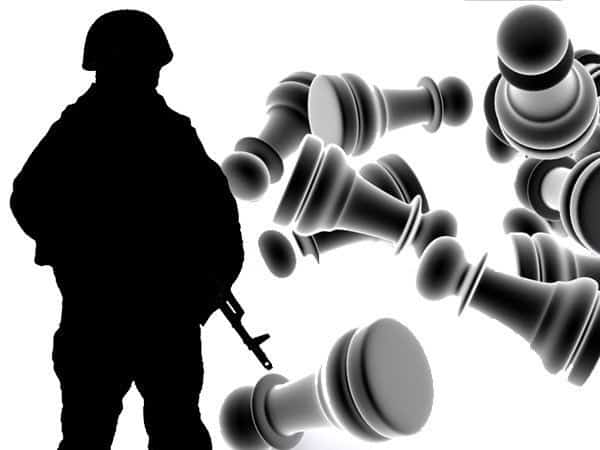Russian-terrorist forces continue to violate the agreement on a temporary ceasefire. Over the past day, ATO position forces suffered more than 40 attacks by Russian occupation forces and illegal armed groups.
In particular, enemy troop activity is most noted in the Luhansk, Donetsk and Debaltseve directions – 13, 12 and 11 fire strikes each, respectively.
An enemy sniper unit was transferred to the Donetsk airport district, armed with the latest innovations of the Russian military-industrial complex – Anti-materiel rifles [large-caliber sniper rifles]. Saturation by the artillery (mortars) of gangs operating in the Kirov and Kyiv districts ofDonetsk continues. The appearance of up to 10 new mortar detachments has been recorded.
In the district of Chornuhyne, Russian-terrorist troops undertook two unsuccessful attempts to attack. These were mainly insurgents from A. Mozgovogo’s gangs in cooperation with the so-called “Cossacks” arrived from Alchevsk, and with the support of cannon artillery and mortars. The enemy also used armored vehicles. The insurgent attacks were repulsed by Ukrainian troops.
In order to defuse tensions among residents of Luhansk region, “LNR” [Luhansk People’s Republic] insurgents vigorously spread rumors that Putin “will force” Poroshenko to pay welfare payments, supply gas, water and electricity in the areas controlled by the terrorists.
Russian special services are offered to terrorists recruit crews for transferring of RF military equipment in advance, even on “DNR” and “LNR” [occupied] territory, at the expense of Russian-trained insurgents. And only then do they arrive to obtain equipment on the territory of the Russian Federation and transport it to the territory of Donbas on their own. In the border areas of Russia, there are at least 4 points for the “transfer of technology” recorded and at least two major routes (north and south) for the transfer of supply goods, ‘VVT’ [weapons and military equipment] and personnel for the needs of the Russian-terrorist troops in Donbas.
Commanders of the units and formations of the Russian army, who are stationed in Donbas, were ordered to abandon the use of Russian state symbols while on the move or marching. The same order was prescribed to reduce the movement of troops and military equipment on bustling transport links to a minimum, it was suggested to use the “alternative routes.”
The concentration of groups of Russian forces into Donbas has ended. Most of the local gangs are also practically well-staffed now with personnel, weapons and military equipment. Currently, only the completion and transfer of individual units remain. The transfer of ammunition, fuel and other resources from the Russian Federation, within the framework of increasing stocks of material and technical resources for the autumn-winter period, are also being carried out. Thus, we can conclude that the aggressor has in fact today created a tool for increasing the intensity of fighting and for solving local problems within the “ATO zone.”




